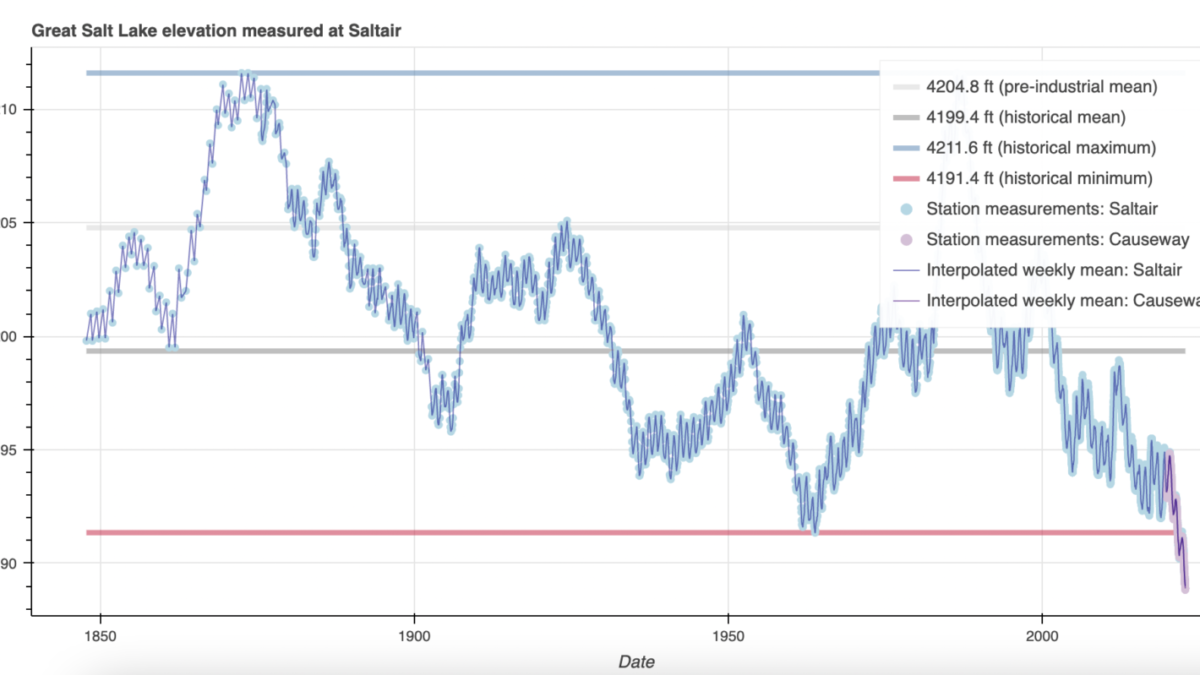China’s 60 years of environmental destruction in Tibet – “Now the rivers are polluted with poisonous waste from the mines”

By Zamlha Tempa Gyaltsen
4 April 2019
(Central Tibetan Administration) – China’s latest white paper on Tibet, once again highlights Beijing’s absolute lack of understanding of Tibet’s History and its unwillingness to read beyond government documents.
The paper “Democratic Reform in Tibet – Sixty Years On,” was released on 27 March 2019 to mark the 60th year of Chinese occupation of the Tibetan plateau and suppression of Tibetan people.
With a blatant display of colonial arrogance, the paper includes a brief chapter on Tibet’s ecology, it says: “In old Tibet, with an extremely underdeveloped economy, people could only adapt to the natural environment – they used whatever they could exploit from nature.” This out-rightly undermines Tibet’s glorious history and gives no credit for Tibetan people’s environmental conservation efforts for thousands of years.
In fact, it was Tibetan people’s belief in the sacredness of its natural environment coupled with their profound wisdom and skill to co-exist harmoniously with its surrounding environment that has helped in the conservation of the world’s highest plateau until the Chinese occupation in 1959. According to a response to a whitepaper on Tibet’s ecology issued by the Central Tibetan Administration (CTA) in December 2018, it states “Historically, Tibetans have protected and respected their environment and have not only successfully adapted to the ever-changing climatic conditions of the plateau but also prospered there as a powerful civilization”.
Numerous scientific studies in recent years have affirmed the positive role of Tibetan people’s cultural beliefs in the sacredness of important ecological sites in environmental conservation. […]
Mass hunting during and after the Chinese invasion that led to sudden decrease in wildlife
The Tibetan Plateau, with 2.5 million square kilometers of area, was perceived as ‘one great zoological garden’ by early explorers to the region. Some scientists have compared its known biodiversity to that of Amazon Rainforest.
The cultural way of life in Tibet, which was greatly influenced by both Bon and Buddhist traditions, strictly forbid general public from commercial hunting. Successive rulers in Tibet issued strict edicts to ban hunting at several ecological sites during various periods of its history. Prior to 1950s, there were innumerable accounts of Tibetan merchants and pilgrims travelling through vast grasslands of the northern plains, seeing large herds of wild animals.
But with the Chinese occupation, Tibet witnessed sudden disruption in its age-old tradition of causing minimum harm to the natural environment and its wild life inhabitants. Many elderly Tibetans in exile have been eye-witness to People’s Liberation Army (PLA) engaging in hunting practices employing machine guns to hunt herds of wild animals during the invasion. Some PLA soldiers stationed in Tibet after the occupation often use dynamite in rivers and lakes to instantly catch hundreds of fish, a practice that Chinese officials followed even in 1990s despite strong objection from local Tibetan communities.
Chinese government authorities in Tibet issued license for commercial hunting of rare animals, and many officials engaged in hunting for leisure. Such government attitude encouraged large scale illegal poaching across Tibet in 1980s and early 1990s. Some emboldened poachers even killed Sonam Dhargay and other wildlife protection volunteers in the region.
Excessive deforestation in Tibet by state-logging enterprises causing massive floods
Until 1949, Tibet’s the forest cover were one of the oldest reserves in all central Asia, predominantly found in eastern Amdo, south-eastern Kham and Kongpo region of southern Tibet. But the invasion of Tibet opened up the region to hungry Chinese state-logging enterprises. China has been one of the largest consumers of timber in the world, it inflicted unprecedented scale of deforestation across the region. Tibet’s forest cover was reduced to 13.57 million hectares from 25.2 million hectares, about 46% reduction between 1950 and 1985, with an estimate market value (2000 market estimate) of US $ 54 billion. The horrifying scale of logging in some part of Tibet lead to the 1998 Yangtze flood and the 2010 Drukchu flood. […]
River water pollution from toxic mine waste
Systematic and large scale mining in Tibet began in the 1960s with the expansion of Chinese presence in Tibet. China began surveying for mineral deposits in Tibet from the very onset of its occupation. Much of China’s infrastructure development in Tibet is aimed at speeding up of large- scale resource extraction in Tibet. The destructive and unethical methods of China’s mining practices has led to protests and disharmony across Tibet. Since 2009, there have been more than 30 known large-scale public protests against mining in Tibet as Chinese mining companies continue to destroy grassland and pollute rivers.
A. Mingyak Lhagang water pollution
A lithium mining company called Ronda Lithium Co Ltd released toxic mine waste into a local river called Lichu in Minyak Lhagang in eastern Tibet, causing serious water pollution and mass death of fish. This brought hundreds of local Tibetans out on the street on 4 May 2016, protesting against the mining company.་ The local government informed the protesters that it had temporarily halted the mining activities, but local Tibetans soon realized that the government has lied to them as continued operation at the mine were reported. This was not the first time or an isolated case of river water pollution. In 2013, the same river had been polluted with lithium mine waste, causing death of aquatic animals and threatening local drinking water.
B. Dolkar Village Water pollution
In a similar case on 23 September 2014, in Dokar and Zibuk villages of Lhundrup County near Lhasa, the Tibet’s capital city, more than 1,000 local Tibetans protested against the poisoning of their river by the Gyama Copper Poly-metallic mine. The mine is located close to a river that locals use for drinking water, irrigation and feeding animals. Predictably, local officials declared that the water pollution in the river was caused by natural factors and not by the mining company. But according to an article in 2010, it says “Environmental impact of mining activity on the surface water quality in Tibet: Gyama valley.” Xiang, a Chinese scientist firmly stated that many mining and processing sites in the valley pose a great environmental concerns as the deposits contain large amount of heavy metals, such as lead, copper, zinc, and manganese, etc. Further stating that the deposits are prone to leak its contaminants through seepage water and erosion of particulates, and therefore posing a future risk for the local environment and a potential threat to the downstream water quality.
A local resident of the village told Radio Free Asia (September 2014), “In the past, our rivers were crisp and clean, the mountains and valleys were known for their natural beauty. But now the rivers are polluted with poisonous waste from the mines”. Clearly describing the rapid destruction of the local environment. [more]


